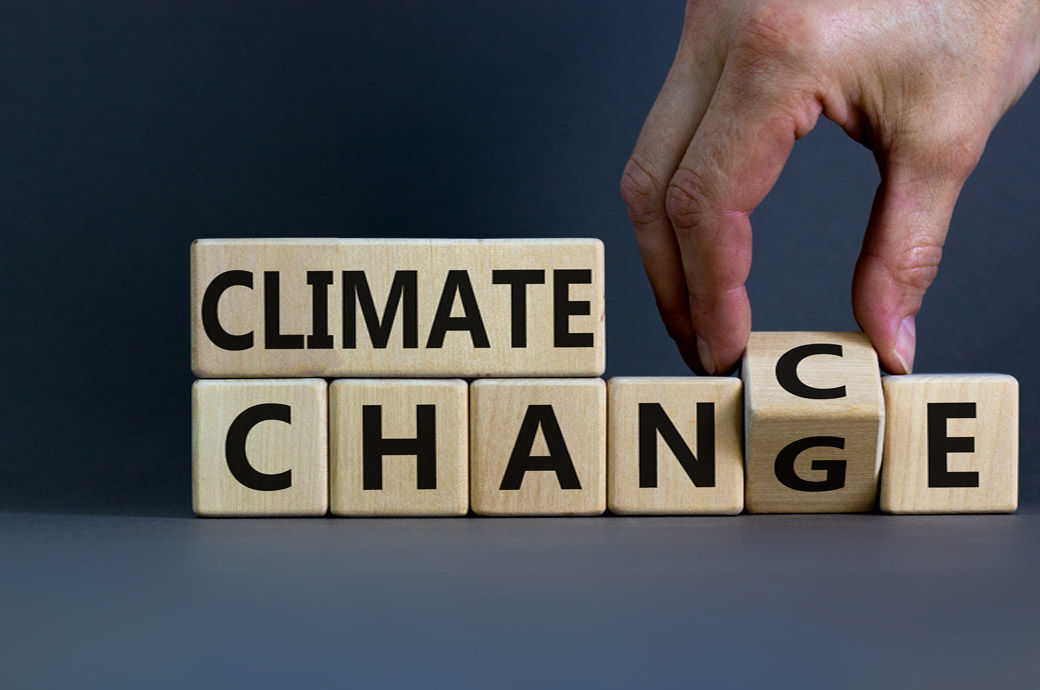Most climate change impact from methane during animal fibre production

Insights
- Methane emitted from animals accounts for most of the climate change impact from virgin animal-based fibre production, according to a report by the Fashion Industry Charter for Climate Action.
- For raw silk, producing the leaves to feed the silkworms was the highest contributor of climate impacts, compared to the subsequent sericulture and reeling processes.
Intergovernmental Panel on Climate Change (IPCC) equations and methane emission factors for enteric fermentation are key parameters in the assessment of greenhouse gas (GHG) emissions for animal fibres production, the report notes.
For recycled wool, analysis indicated high variability in impact from raw material sourcing depending on the source of raw material, transportation requirements, and energy and material demand for shredding and fibre production.
For raw silk, producing the leaves to feed the silkworms was the highest contributor of climate impacts, compared to the subsequent sericulture and reeling processes, the report says.
Due to the relatively low value of co-products (other than perhaps firewood and unreelable silk), the yields achieved in the leaf production and sericulture stages significantly affect the overall GHG emissions from raw silk production, it notes. Yields vary depending on farming practices, climatic conditions, fertiliser use, etc.
The initial stages of raw material acquisition and preparation, sorting and shredding, are usually integrated or placed in the yarn production stage for GHG calculations. This limits the assessment of factors that contribute to the GHG emissions of recycled wool sourcing and finding strategies to reduce them, the report says.
Furthermore, major methodological issues or gaps were identified in the investigated studies and articles. These issues need to be addressed in future efforts to provide a better understanding of the climate change impacts from animal-based fibres, it suggests.
The efforts should include use of a consistent, transparent and standard allocation approach to quantify allocation of GHG emissions between the co-products of animal-based fibre production and development of robust criteria to incorporate GHG emissions and removals associated with land use and land-use change in calculating the climate impact of animal-based fibre and silk production systems.
The efforts should also incorporate expansion of life cycle assessment and carbon footprint studies to include more animal species and breeds, different regions with varying characteristics with respect to farming practices, climate and soil conditions, different production systems, models based on direct data from production systems, and studies on land use emissions and removals through the assessment of carbon pools., the report adds.
Fibre2Fashion News Desk (DS)
































-Ltd..jpg?tr=w-120,h-60,c-at_max,cm-pad_resize,bg-ffffff)





.jpg?tr=w-120,h-60,c-at_max,cm-pad_resize,bg-ffffff)
.jpg?tr=w-120,h-60,c-at_max,cm-pad_resize,bg-ffffff)






